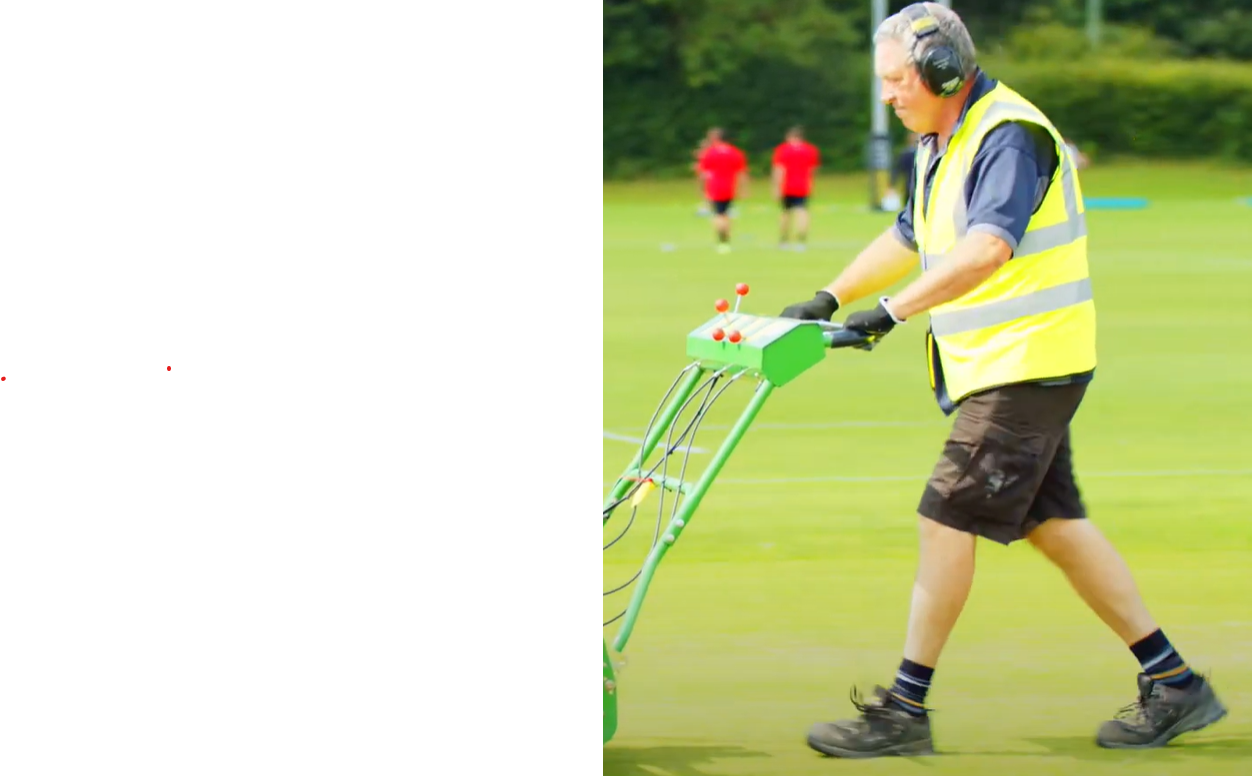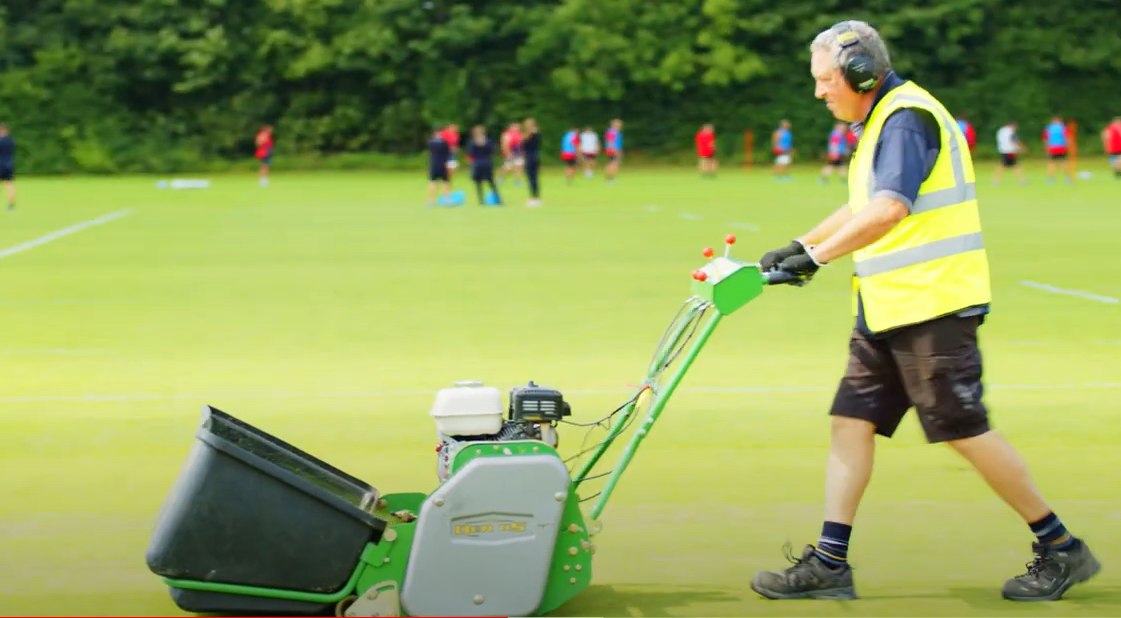What is Personal Protective Equipment?
“Personal protective equipment includes all equipment (including clothing affording protection against the weather) which is intended to be worn or held by a person at work and which protects the person against one or more risks to that person’s health or safety”.
What you need to know:
- Employers have a duty to provide suitable and sufficient PPE where necessary.
- Employees have a duty to wear issued PPE as per instructions, maintain it in good working condition and report if damaged or missing.
- Volunteers should also be afforded the protection that PPE offers. Organisations should make arrangements for volunteers.
- PPE is only to be used as a last resort, only when all other controls fail to sufficiently reduce the risk to an acceptable level.
- When providing PPE employees and volunteers must be given suitable and sufficient information, instruction, training, and supervision on how to
- correctly wear PPE
- fit to size (adjust)
- store correctly
- clean, service and inspect
- report faults.
Volunteers
If you are a commercial enterprise that uses volunteers as part of your workforce, then PPE legislation and this guidance applies.
Recreational clubs using volunteers as a workforce should follow this guidance and ensure volunteers be provided the protection of PPE. The arrangements for who and how PPE is provided may differ from club to club.
Selecting suitable PPE
- Does the PPE effectively protect the wearer from the risk?
- Does the PPE introduce other risks? (Ear protection can hinder communication).
- Will wearing the PPE increase the demands on the wearer? (Increase physical effort, reduce dexterity, reduce vision, increase heat stress factors).
- Can the wearer adjust the PPE sufficiently?
- If wearing more than one article of PPE, are they compatible? (Does wearing a mask cause your eye protection to mist?)
- Select good quality PPE with a recognised UKCA marking (as of Jan 2020). Note: The CE mark will remain valid on products brought to the market before 31/12/2022. So, CE marked equipment may still be available after this date. If you have purchased equipment with a CE mark before this time, it will remain compliant for its lifetime, you have no need to immediately replace all equipment that is CE marked.
- It is good practice to re-visit your risk assessment once you have selected PPE for use as this might have a detrimental effect.
Education
Often it can be difficult to get people to wear PPE, this can be overcome if you:
- Explain why the PPE is necessary i.e., inform people what risk or risks the personal protective equipment will avoid or limit.
- Include the person undertaking the work in risk assessment process.
- Include them in the selection of PPE.
- Provide instruction on how to ensure that the personal protective equipment remains in an effective condition and how to report faults.
|
NOTE: If PPE has been deemed necessary for your safety, then it MUST be worn. Never allow exemptions from wearing PPE, even if it is just for a very short period of time. This can lead to bad habits. |
Types of PPE
Often PPE is designed to protect against specific hazards. It is important you select the correct type of PPE to ensure suitable protection is provided to combat the identified risk.
Head protection - The most common would be an industrial safety helmet to protect against falling objects and impact against other objects. Others may protect against adverse temperatures, electrical shock, chemicals, molten splash etc.
Bump caps – protect against low impact contact, used to protect from hitting your head against hard objects as opposed a hard hat that predominantly protects against object striking your head.
Eye/Face protection – Goggles/Spectacles/Visors can be used to protect against liquid/chemical splash, dust, gasses, airborne debris, radiant heat, intense light e.g., sun, arc welding, LASER light etc.
Hearing protection – If noise controls cannot reduce the level of noise exposure to an acceptable level, then hearing protection must be provided. The hearing protection must be worn and sufficiently reduce the noise level to an acceptable level. HSE guidance on ‘Don’t Lose your Hearing’ can be found here.
Respiratory protection equipment (RPE) – Understand the type of RPE required to suitably protect your workers. Much will depend on the form of the airborne hazard i.e., dust, mist, vapour, gas, or fume. Specific hazardous qualities of the substance, the length and extent of exposure and specific wearer requirement such as the need to wear spectacles will also influence your choice of RPE. See RPE a practical guide for more information https://www.hse.gov.uk/pubns/books/hsg53.htm
Hand protection – Gloves can provide protection from an assortment of risks; gloves can also be extended to protect the forearm. The correct glove can protect against cuts, abrasions, vibrations, hot and cold conditions, electric shock, chemicals, pesticides etc.
Protective clothing – Clothing can be bespoke and specialise to the task at hand and can include ankle gators, forearm protection, chain-mail gloves/forearm/aprons, leg protection, knee/elbow pads, anti-static clothing the list goes on. Overalls can be classified as PPE as can Waterproof clothing if it provides sufficient protection against the risk.
High-Vis clothing – Provides safety via increased visibility and comes in 3 different categories of visibility with 3 being the highest. It is worth noting apart from the potential protection against cold and wet, high vis provides no physical protection. High-Vis must be kept clean using the correct cleaning product if the highly reflective nature of the clothing is to be preserved. Lack of cleanliness can result in a significant loss of visibility and lead to a false sense of security.
Foot protection – Steel toecaps, clogs, foundry boots, cold weather, wellington boots, anti-slip shoes amongst others can provide protection against all manner of hazards. It is important you get the correct type of footwear to protect against the specific hazard.
Skin Protection – Sunscreen/cream/lotion is not strictly regarded as PPE, however, where skin cannot be protected from radiation by covering with clothing then sun cream can provide protection if used correctly. Ensure the correct protection factor is used, exposed areas are totally covered, and sun cream is regularly re-applied throughout the day.
Top Tips when buying PPE
- Suitability - First and foremost, the purchase needs to do what you want it to do, provide suitable and sufficient protection against the hazard/risk. Research the product to be sure it provides the correct protection.
- Authenticity - Be aware of fakes or falsely certificated products. This might need you to research the supply chain i.e., where does the product originate from? Does it originate from a regulated country? Does the supplier conduct its own tests that complies to the UK, EU, and CE standards?
- Cost - Cheapest is not always the best. Often the cheapest product is cheapest for a reason. Perhaps substandard materials have been used, perhaps cuts have been made in other areas like manufacturing quality or product testing.
- Durability - Does the product look like it will stand up to prolonged use? The more frequent you are required to renew a product the more likely you are to be putting people at risk. i.e., if you have identified piece of PPE that is no longer doing its job, it probably has been in that state for some time (a period of risk). You now need to order a replacement, a further period of risk, unless you take that person away from the risk and lose a resource.
- Reputable supplier – once you have found a trusted supplier stick with them. Do not be tempted to move away because of cost, unless you do your research, and you are comfortable with the results.
Note: On 6th April 2022 the Personal Protective Equipment Regulations 2022 (PPER 2022) came into force. Duties remain unchanged but now they extend employers’ and employees’ duties regarding personal protective equipment (PPE) to limb (b) workers (Those workers that do not work under a formal contract i.e., the gig economy or casual labour). Your volunteer may fall into this category.
FAQ:
Q: Can my employer ask me to pay for my own PPE?
A: No, all PPE used for the purpose of your work shall be provided free of charge by the employer.
Q: I am a volunteer can my organisation ask me to pay for my own PPE?
A: If you are volunteering for a commercial organisation, you are effectively employed, and your employer should provide you PPE at no cost.
If you are a volunteer at a recreational club, then arrangements for the provision of PPE should be agreed upon. It remains the club management’s responsibility to ensure you are suitably protected.
Q: Does my PPE have a shelf life?
A: Many types of PPE are given a shelf life. This should be indicated by the manufacturers’ instructions. If not stored, maintained, or correctly treated this shelf life can be reduced. It is also worth noting the date you issued a piece of PPE and making a record of when it needs to be replaced.
Q: Does my PPE need to have a CE mark?
A: To indicate your PPE is conforming it must show the CE or UKCA marking. However, the CE mark is currently being replaced by the UK equivalent UKCA mark. The CE mark will remain valid on products brought to the market before 31/12/2022. So, CE marked equipment may still be available after this date. If you have purchased equipment with a CE mark before this time, it will remain compliant for its lifetime, you have no need to immediately replace all equipment that is CE marked.
If in doubt, contact your supplier for advice.
Watch Setting Up Equipment video here
Watch Pre and Post equipment checks here



 Tweet
Tweet